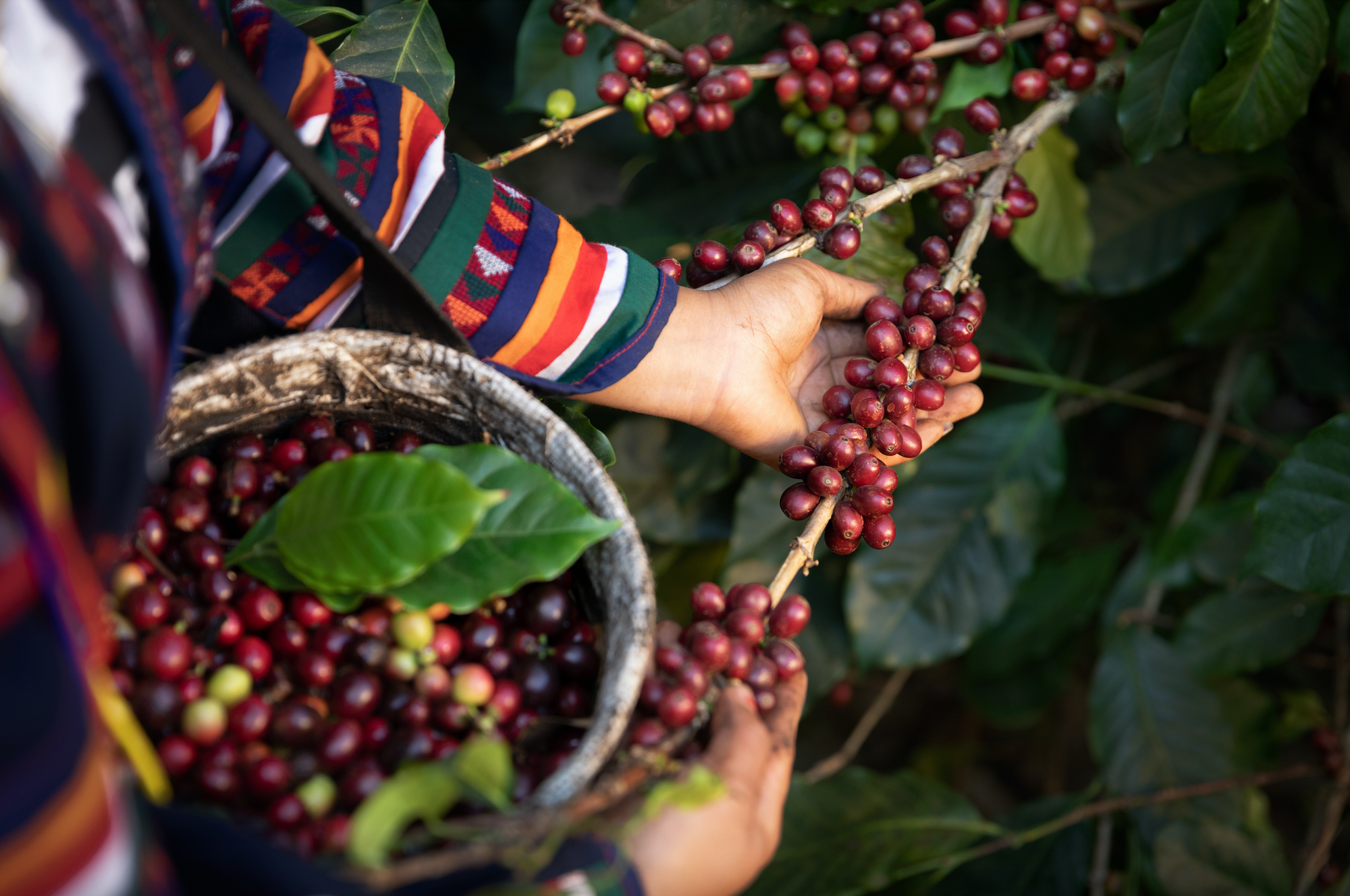For every purchase at Home Roast, we remove plastic equivalent to 10 plastic bottles from the ocean together with The Ocean Cleanup.
The Ocean Cleanup’s mission is to remove 90% of floating plastic from the world's oceans by 2040!
Together we make a difference!


